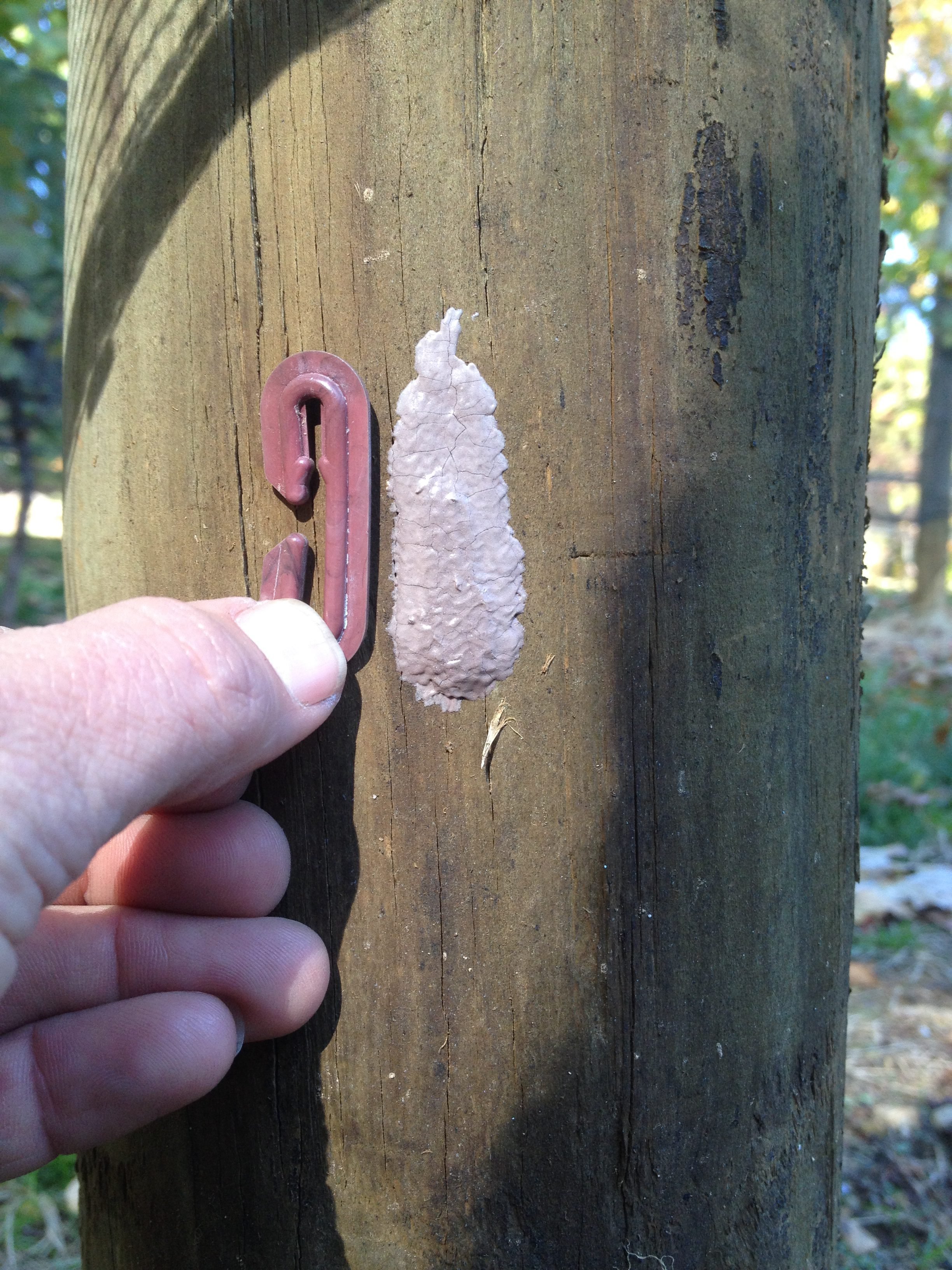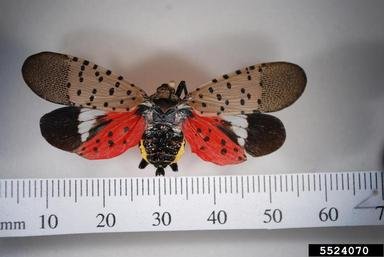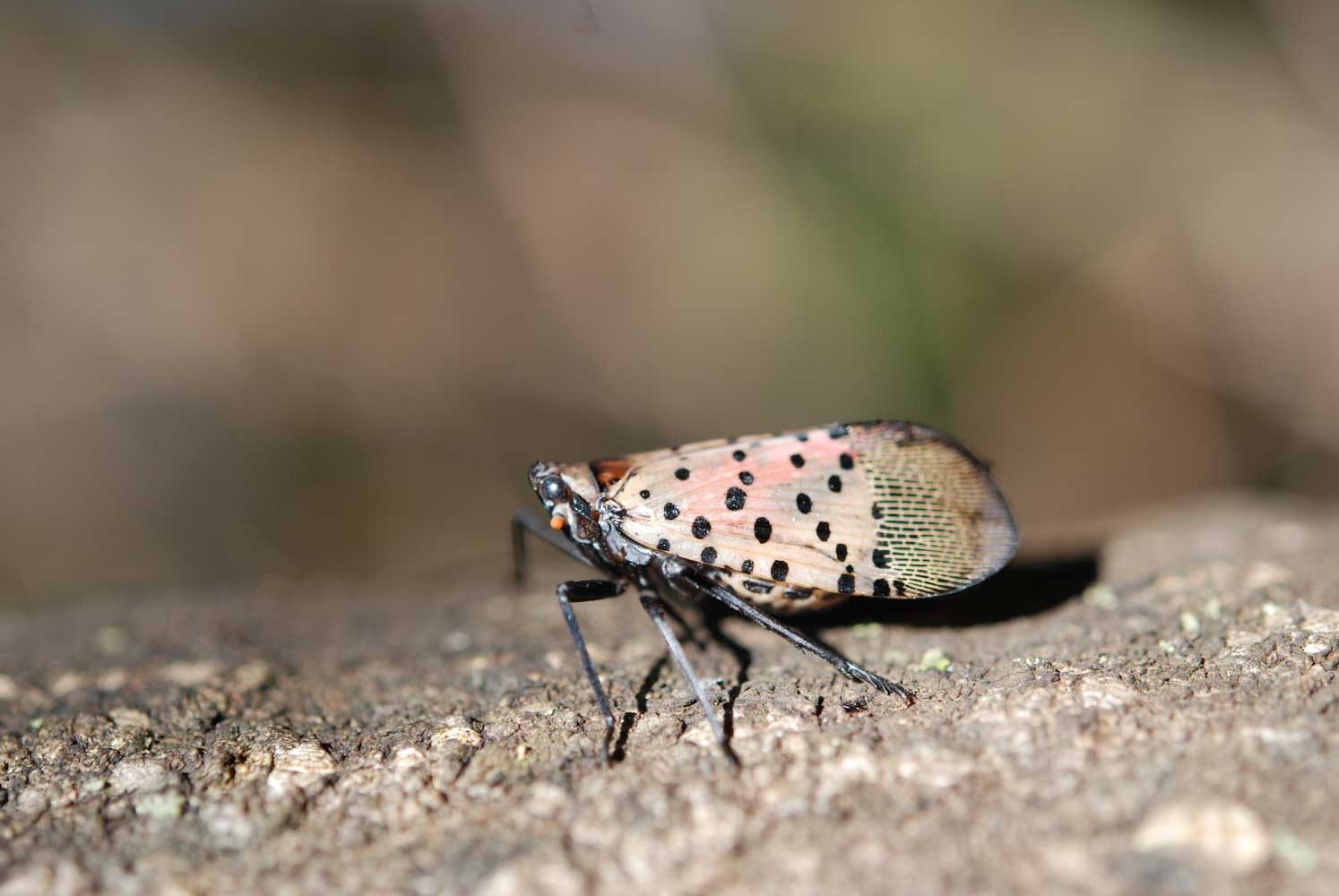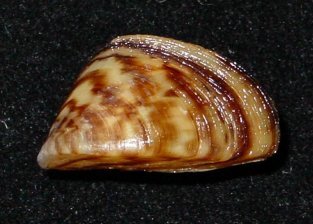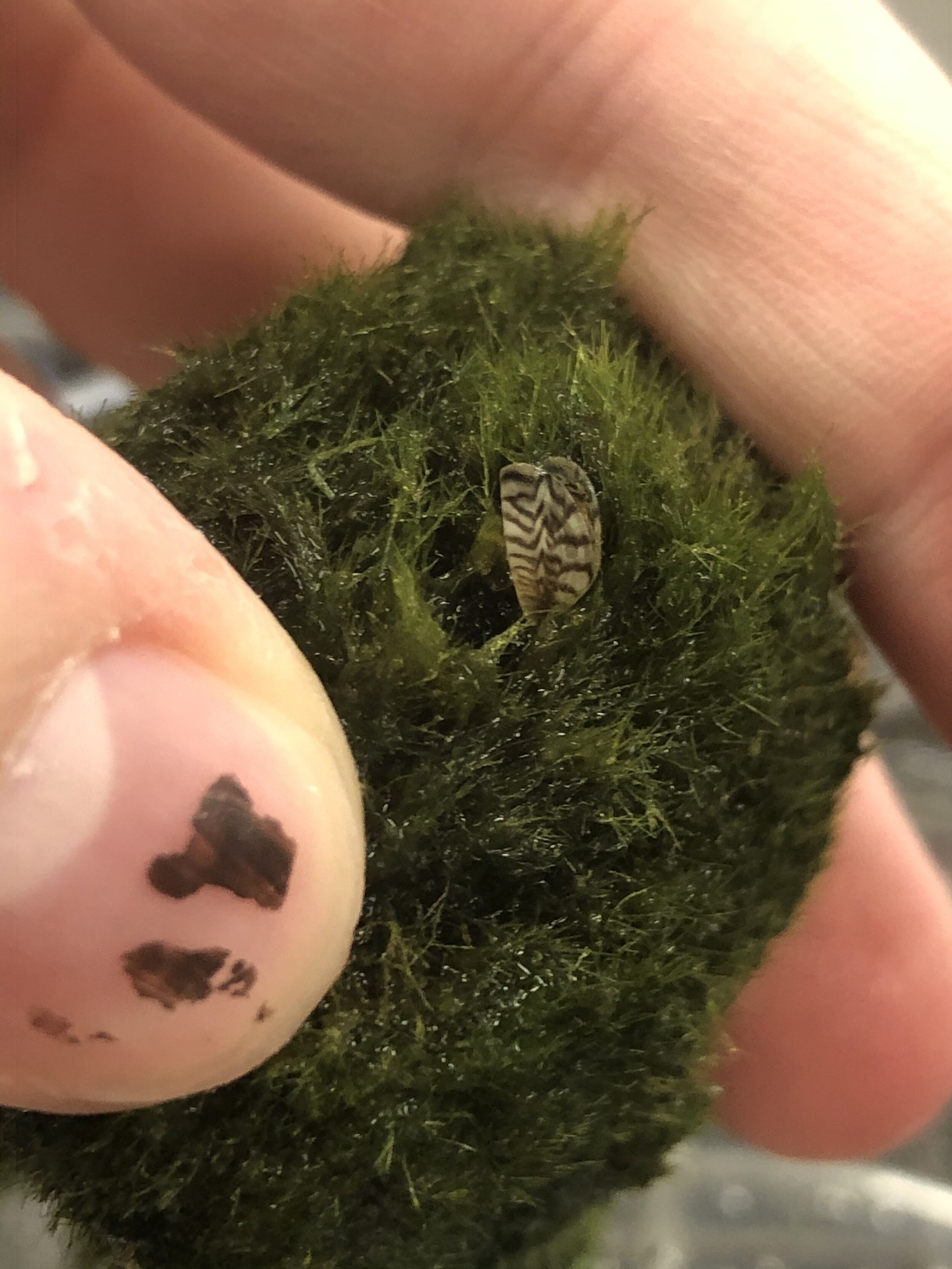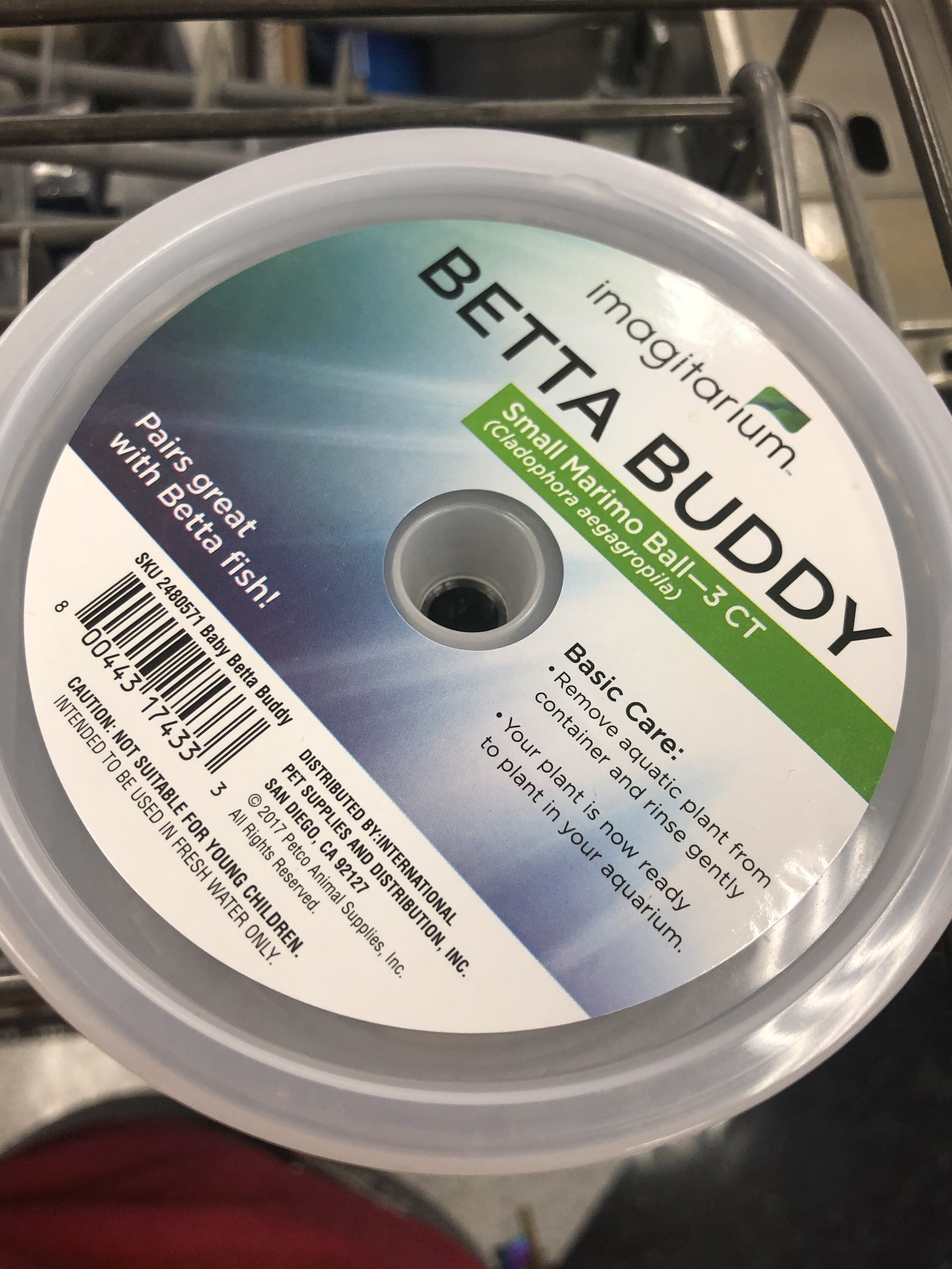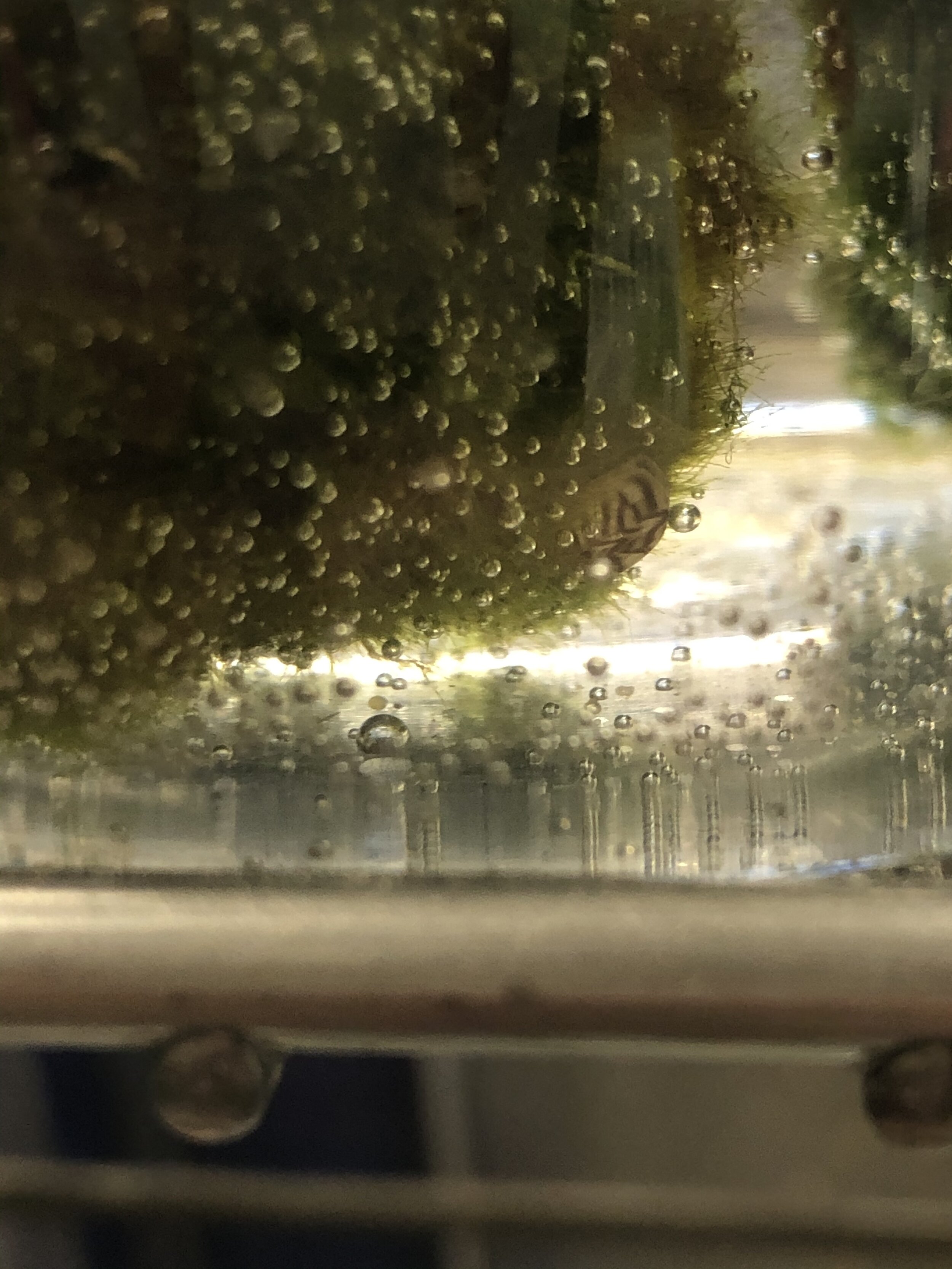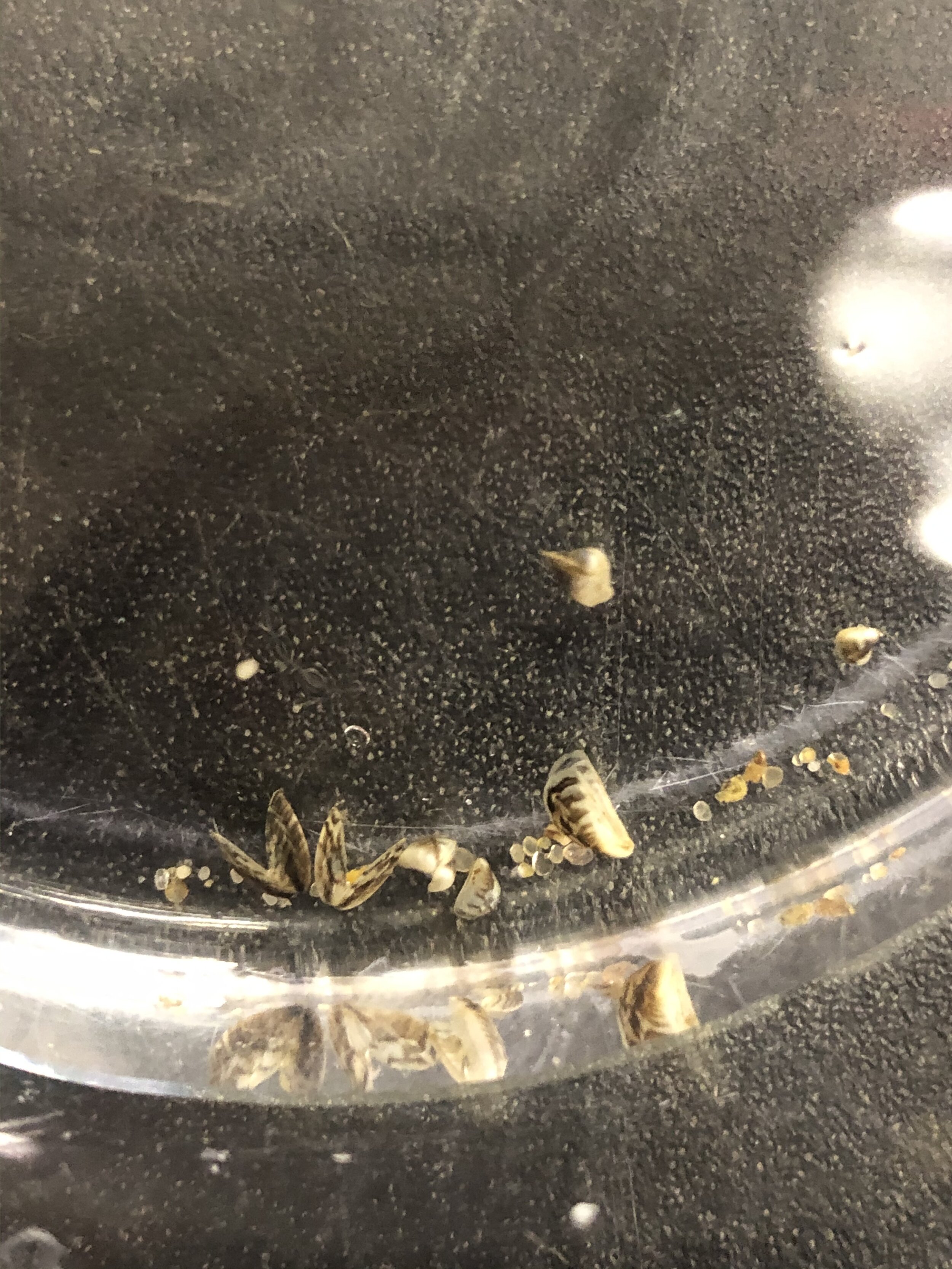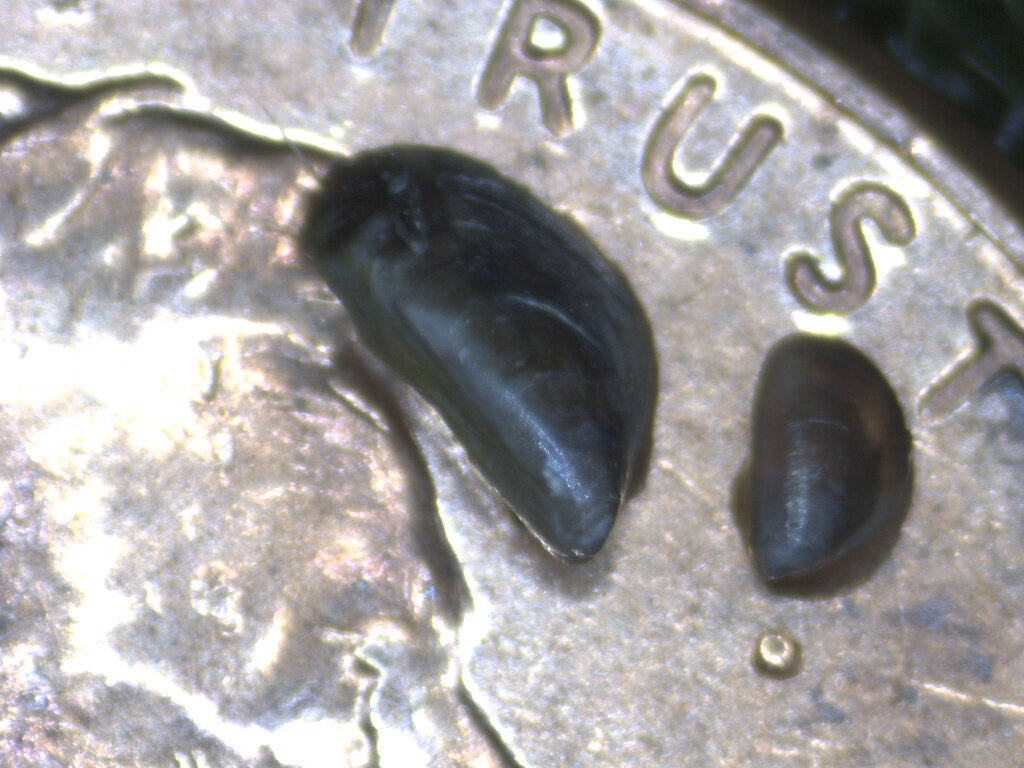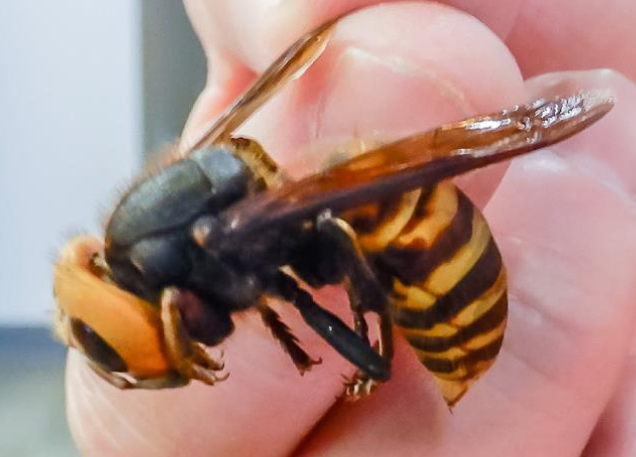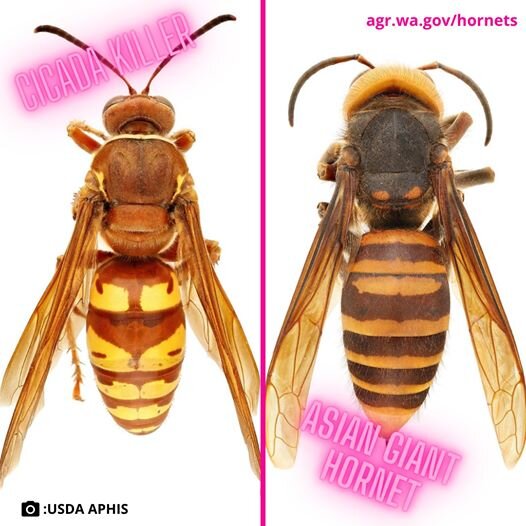Possible Spotted Lanternfly Detection in Washington State
/On October 27th, Washington State Department of Agriculture released information calling for the public to keep a watch out for spotted lanternfly (Lycorma delicatula), a known invasive agricultural pest in Eastern U.S. states following a community member report of a possible sighting in the Omak region.
Spotted lanternfly is a destructive pest attacking primarily grapes, but also has been sighted in other crops such as hops, apples, peach, and other fruit trees. Should it become established in Washington, spotted lanternfly could threaten many Washington iconic crops and result in costly quarantines and increased pesticide use to manage the pest. Establishment in Washington poses a threat for additional spread into Oregon.
“This is another example of the important role everyone plays in stopping invasive species,” said Justin Bush, the [Washington Invasive Species] council’s executive coordinator. “If you spot a suspected invasive species, immediately notify the council through our website or phone app…. You may be reporting a new invasive species and help prevent millions, if not billions, of dollars in damage and loss.”
In Oregon, report potential invasive species sightings to the Oregon Invasive Species Online Hotline: https://oregoninvasiveshotline.org/reports/create. Reports will be responded to during the appropriate season for detection and follow up.
What you can do to help:
Learn about spotted lantern fly (Lycorma delicatula) and its look-a-likes.
Examine your trees, especially invasive tree of heaven, and other outdoor surfaces for spotted lanternfly - you are most likely to find egg masses, but you may spot an adult into the middle of November.
Contribute to Oregon's Tree of Heaven Census to help map the distribution of this invasive plant that is a preferred host for spotted lantern fly: https://www.inaturalist.org/projects/oregon-tree-of-heaven-census
Know someone moving from a spotted lantern fly infested area? Ask them to inspect for egg masses on anything they are moving that has been left outside. Scrape and kill egg masses or adult insect pests that are found on the items to avoid moving them to the West Coast.
To learn more about invasive species issues in Oregon, check out the recently published Invasive Species Primer found here: https://www.oregoninvasivespeciescouncil.org/threats-and-opportunities-primer
We will continue to post information about this situation and spotted lanternfly here:
Read the full release from Washington here:
https://wastatedeptag.blogspot.com/2021/10/state-entomologists-call-for-public.html

